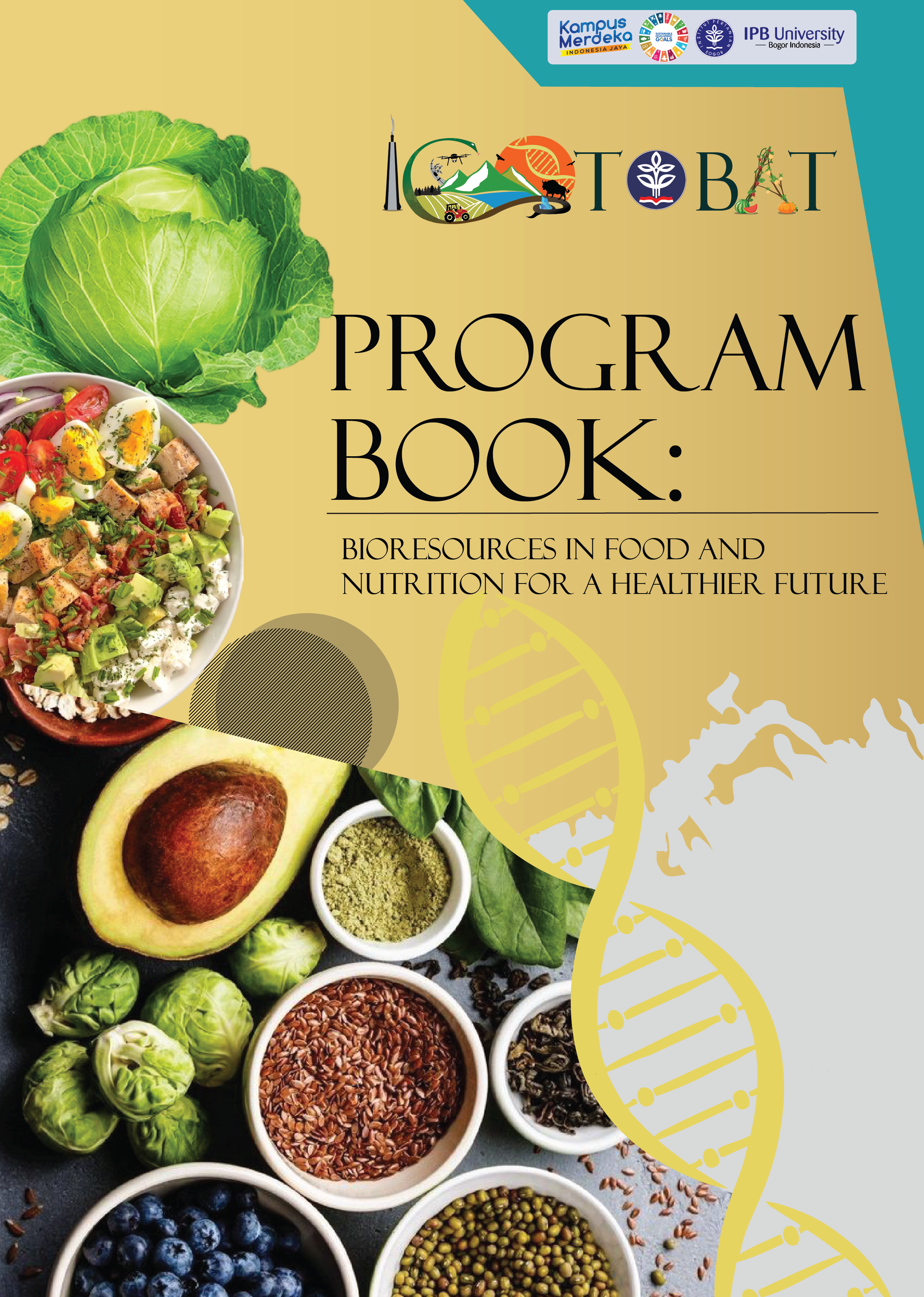Identification of compounds and antibacterial activity of essential oil of cumin leaves (Coleus amboinicus Lour.) against Propianobacterium acnes
Keywords:
Coleus amboinicus; essential oil; GC-MS; Propionibacterium acnesAbstract
Cumin (Coleus amboinicus Lour.) is one of the plants that produces essential oil. This study aims to identify the chemical compounds contained in cumin leaf essential oil and analyze its antibacterial activity against Propionibacterium acnes. Cumin leaf essential oil was obtained using the steam and water distillation method. Chemical compounds analysis using Gas Chromatography-Mass Spectrometry and antibacterial activity using the Agar well method with clindamycin as positive control. The results showed that the essential oil yield was 0.066% mL/gram, with a specific gravity of 0.937, and an Rf value of 0.71. The cumin leaf essential oil contained Durenol, γ-Terpinene, o-Cymene, Caryophyllene, 2 -Carene, Terpinen-4-ol, Trans-α-Bergamotene, Caryophyllene oxide, β-Myrcene, and Humulene at levels of 40.43; 12.50; 11.33; 5.00; 3.97; 3.44; 3.29; 2.53; 2.20; and 1.81 %, respectively. The antibacterial activity of cumin leaf essential oil provides an inhibition zone at concentrations of 1; 2; 4; and 6% at levels of 1.361; 1,733; 3,339; and 5,033 mm, respectively. The concentration of 6% cumin leaf essential oil gave an inhibition zone value that was not significantly different from the positive control (P > 0.05).





























